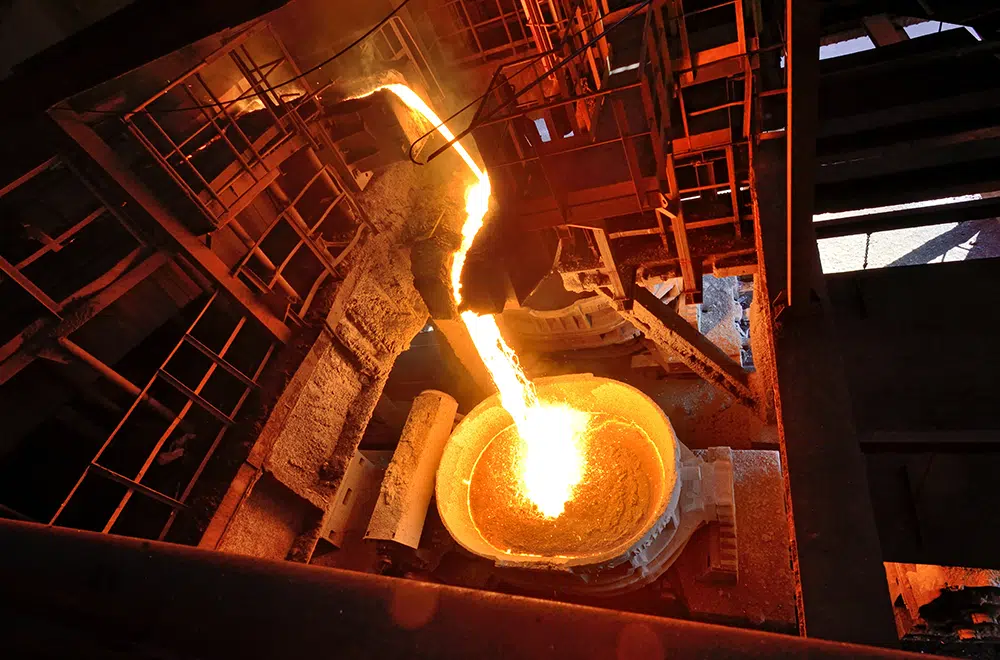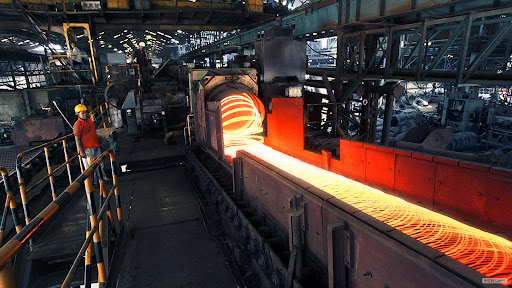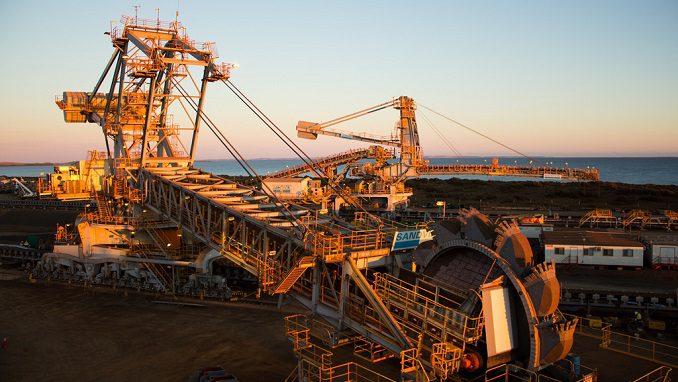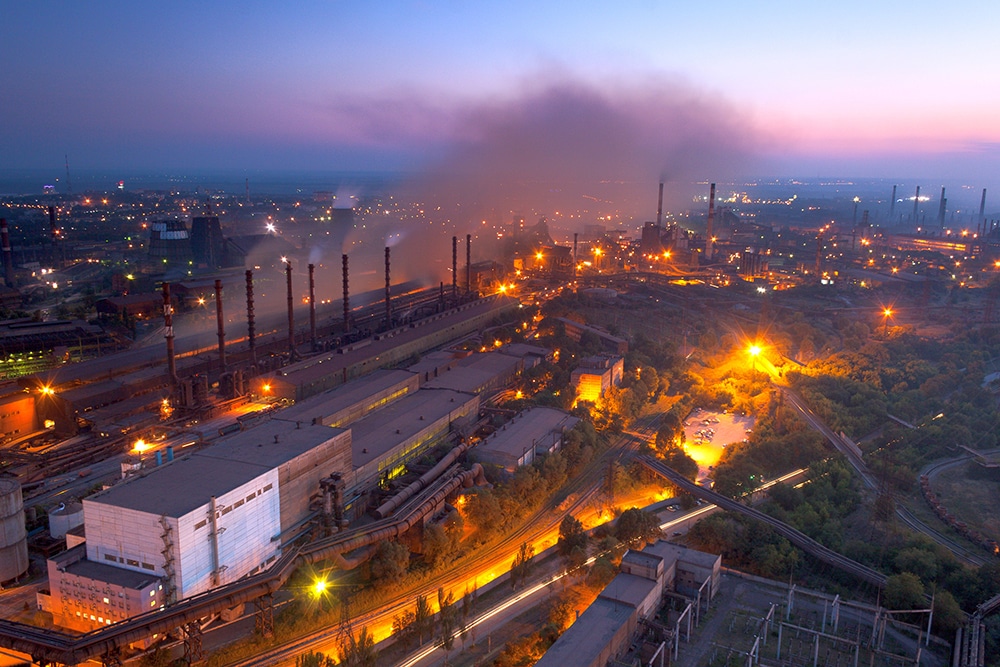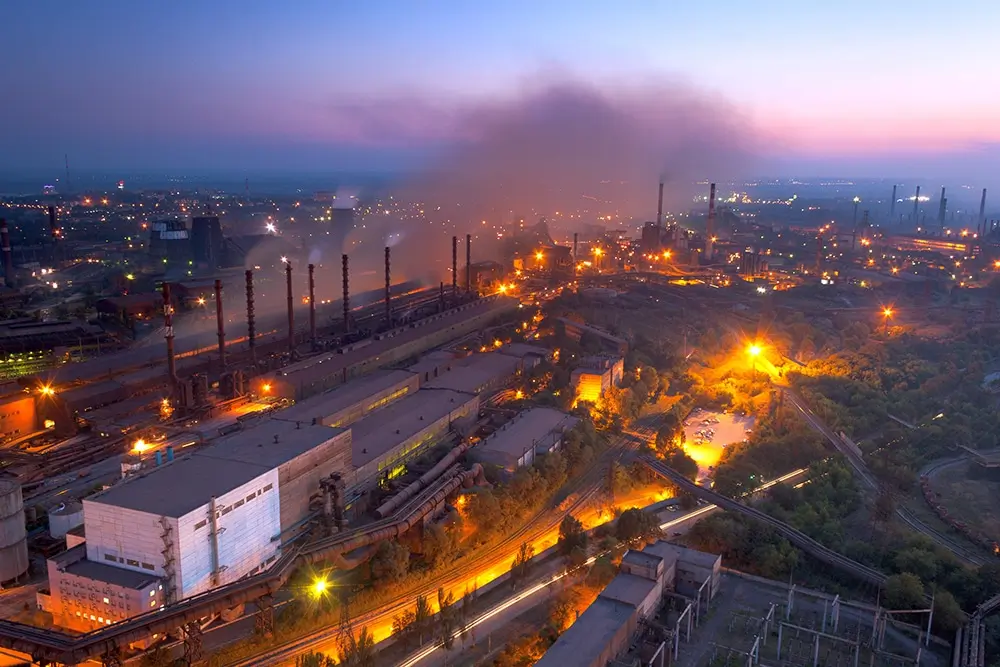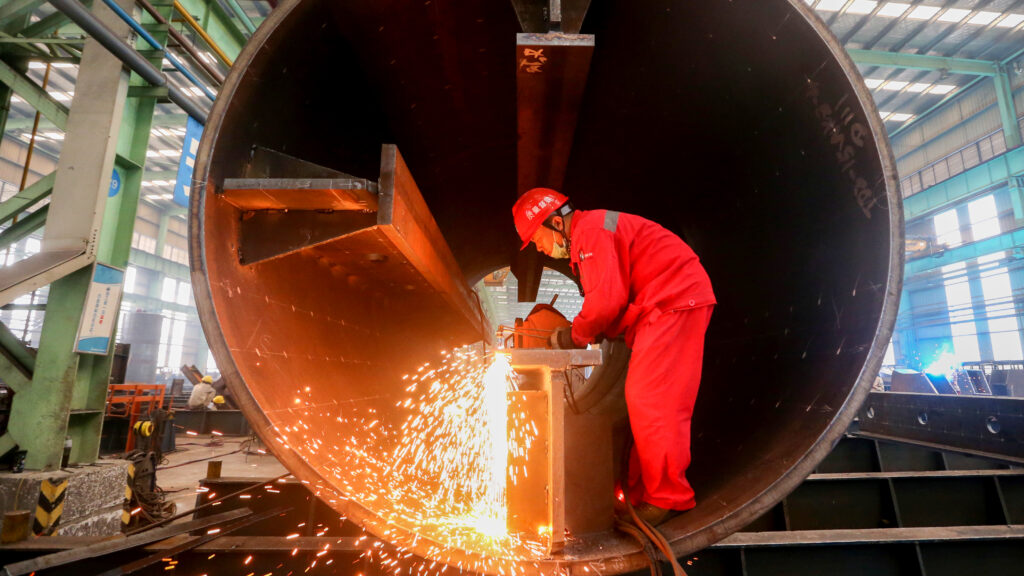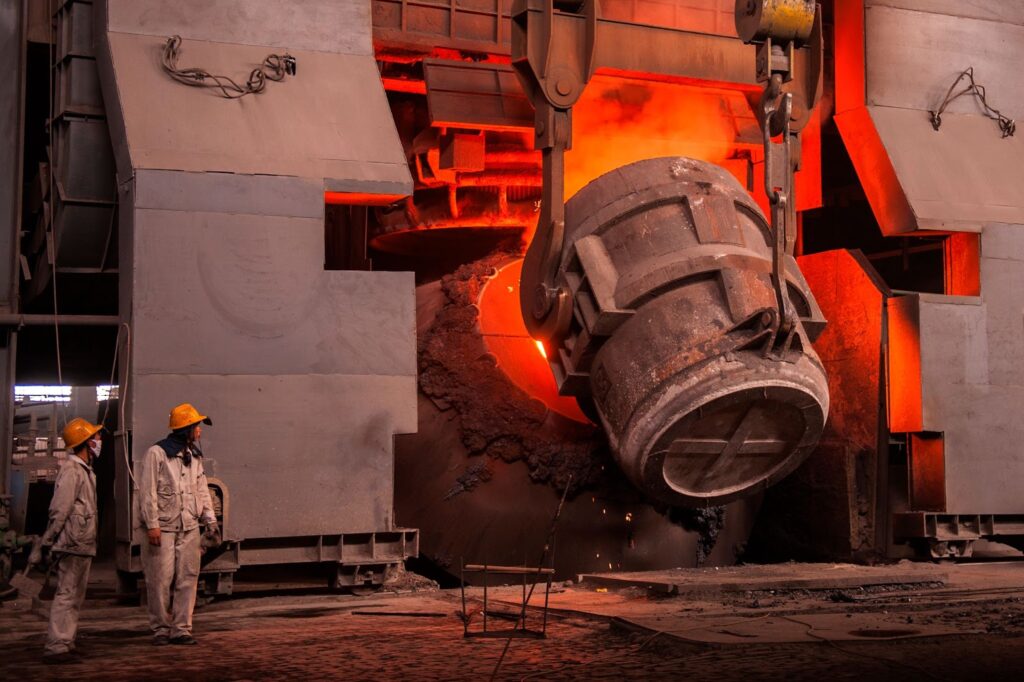
A key support for China’s steel demand since 2023 is direct exports. One of the threats to exports this year would be trade barriers; especially the new ones imposed in late-2023. There are signs that countries are stepping up their protective measures with more products covered and higher tariffs imposed. Based on 2023 imports, we found that ~6.6 million tonnes (mnt) of steel imports may become more expensive due to the increase in tariff. Hence, unless overseas demand remains strong, we are cautious about China’s steel exports in 2024.
Meanwhile, in the near term, if there is no improvement in demand; faced with rising production, steel prices will need to move lower. This will be determined by its current off-peak EAF production costs price support which is hovering at CNY 3,750/t. From the rising scrap supply and drop in cost competitiveness against hot metal, we think that there is room for scrap prices (and EAF production costs) to fall.
Overview of 2023 steel export:
A key support for China’s steel demand since 2023 is direct exports. In 2023, China’s steel export expanded by 23.7 mnt y-o-y, reaching a six-year high of 91 mnt. The growth was fuelled by replacement volume from the Russia/Ukraine war and Turkiye’s earthquake, growth in India and Middle East infrastructure sector demand, re-exports, and China’s competitive prices-which is as a result of a weak RMB, loose domestic control over export tax, and sluggish domestic demand.
Within the product types, flat steel contributed to 67% of the total increase and within the category, steel strips and galvanized steel exports have the strongest growth.


In 2024, replacement volume, especially as a result of the Turkiye earthquake will no longer drive an increase in exports. In contrast, more bearish factors may emerge from 1) a delay in the US FED’s interest rate cuts which can weigh on demand. 2) countries increasing steel trade barriers.
For the first factor, there are uncertainties on the timing to which it will become a negative demand driver. Contrary to the usual theory of “demand will be weighed down by a high-interest rate,” the US manufacturing sector is showing signs of bottoming out after two years of destocking. In January, it rose by 2 percentage points m-o-m to 49.1. If the uptrend persists, it could be supportive of global demand. The market expects February’s PMI to increase by another 0.4 percentage points m-o-m.



In this report, our focus will be on the potential impact of safeguard measures on Chinese steel exports. As exports have been brisk through 2023, new safeguard measures from China’s key importers since late 2023 will have a more direct impact on this year’s exports.


The key safeguard measures introduced from late 2023 to date; and can have a direct impact on Chinese steel exports are listed below.

Most of the measures are product and/or company-specific anti-dumping duties which we view to be a relatively less effective measure as it can be circumvented. For instance, Thailand imposed 30.91% of anti-dumping duties on Chinese hot rolled sheets and coils in 2011. While China’s exports of these two products declined y-o-y, strips have been increasing (except for 2020). These three forms of products come from coils.
That said, there are signs that Thailand (accounting for 4% of China’s exports and 5% of 2023’s growth) is stepping up its protective measures with investigation escalating to a category of product (rather than specific), as well as, focus on tax evasion problem by means of changing the product composition with alloys.

Another country that has implemented more trade barriers is Turkiye. As a result of the earthquake, Turkiye’s contribution to Chinese steel exports has increased in 2023; accounting for 4% of total exports and 6% of y-o-y growth. Additionally, a drop in Turkiye’s exports in 2023 also led to a potential diversion of trade to China (from the Middle East).
Since May 2023, as Turkiye’s steel production returns close to normal, it raised anti-dumping duties on hot-rolled products; HRC to 14% (from 6%), flat plates to 15%-20% (from 9% to 15%) and CRC to 17% (from 10%). The combination of Turkiye’s production increase and higher duties have led to an obvious decline in exports in H2 2023 though staying at a multi-year high.
Turkey’s safeguard measures directed at China involve the import of hot-rolled thick plates, wire rods, and galvanized and coated steel. In 2023, Turkey imported 2.8Mt of these products from China.

After adding the new 14% antidumping duty, the two country’s price spread has stabilized. Faced with more stringent policies from Turkey and a high base in 2023, 1H 2024’s growth in exports to Turkey will likely be capped.

In America, Brazil and Mexico which accounted for 5% and 1.4% of China’s total exports have also been more active and aggressive with their safeguard measures. Both countries have raised their original import duties by more than 1.5 times in 2H 2023.
For Brazil, its import from China has been below 1Mtpa before 2021 which accounts for ~40% of its total steel import. This changed in 2022 with China contributing to 58% of Brazilian total steel imports and 65% of 2023’s YoY growth.

The recent safeguard measures extend to a variety of top imported products from China, including hot and cold-rolled, bars, rods, tubes, and coated which contributed to 77% or 2.16Mt of total imports from China. The increase in these products imports may have to do with China’s Belt and Road initiatives. While the duty helps improve Brazilian steel competitiveness, it may still face stiff competition as Brazilian steel prices were found to be up to 30% higher than imported sources. For instance, HRC prices were found to be at a premium of 20% to imported materials in 2023.

Maritime Silk Road Trade Index (STI): Latin America

On the other hand, Mexico’s pressure to enforce stricter trade restrictions comes as the US warned the country about a resumption of Section 232 tariffs. This comes under the allegation of its involvement in the triangulation of steel into the US. Unlike Brazil which is subjected to an absolute export quota, Mexico is exempted from the US steel trade barriers
In August 2023, Mexico raised its steel import tariff for non-FTA countries to 25% (from 15%). Additionally, it also extended its focus to Vietnam. While the tariff was imposed in August 2023, Chinese exports to the country only declined below 2021-2022 in November 2023. In 2023, Mexico imported 0.9 mnt of steel from China.

Overall, since August 2023, more countries have stepped up their safeguard measures on steel imports; especially from China. These new measures (including investigation) directed at China affect ~6.6 mnt of steel volume (based on 2023’s import data). This is relatively sizable as it is 7% of total China’s steel exports. Hence, unless overseas demand remains strong, we are cautious about China’s steel exports in 2024. According to the industry feedback, steel export orders have slowed after the lunar new year; this has drawn concern over a retreat in flat steel demand.


On a brighter note, there are a few potential changes in trade regulations that can be supportive:

Apart from a subdued demand outlook, steel prices face pressure from a downward shift in production costs.
Currently, SHFE rebar is supported at its off-peak EAF production costs of CNY 3,755/t (dynamic). Prices could move lower if 1) steel inventory pressure increases due to a weak peak season demand. And/or 2) a downward shift in production costs. The second prerequisite is becoming probable as scrap supplies increase and its substitute product (iron ore) prices decline.

There is currently no shortage of scrap supplies with China’s total scrap inventory just below 2021 and 2022 (a period where demand is relatively strong). Most inventory is concentrated at the steel mills.



Additionally, arrivals at steel mills have also picked up seasonally with the 7-day cumulative arrivals rising by 6.5% y-o-y. This will gradually close the gap between arrivals and consumption at steel mills. Based on the seasonal patterns, arrivals tend to outpace consumption by the first week of March.
Meanwhile, scrap consumption is under pressure from 1) a weakening steel balance sheet which could tighten production margins. And 2) widening price spread between scrap and hot metal.
The first factor has been discussed thoroughly in all our recent weeks’ ferrous reports. Faced with a seasonal increase in production, there is still no sign of an improvement in domestic demand. Additionally, overseas demand is also easing. The market is gradually pricing in the softening balance sheet with SHFE rebar futures production margins showing signs of tightening.

Additionally, there is also an apparent jump in the spread between scrap and hot metal to the same level as in 2023 due to recent weeks’ iron ore price decline. Comparatively, scrap prices have not moved.


A relatively high spread during Q1 2023 has led to scrap consumption staying at a four-year low as hot metal gains cost competitiveness. With no scrap supply shortages, for consumption to not decline, it will at least need to erase the recent increase in the scrap and hot metal cost spread.


EAF production margins have also been declining due to a lack of movements in scrap. If margins remain squeezed, a slowdown in EAF production will also weigh on scrap prices.

Yesterday, Fujian San Gang adjusted down all grade scrap prices, inclusive of tax, by CNY 100/t. Taking this as a reference, it will mean that SHFE rebar’s next price support is at ~CNY 3,600/t.

Source: BigMint

